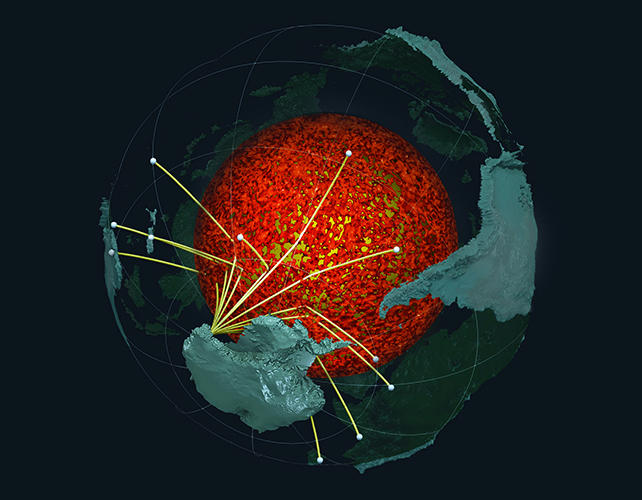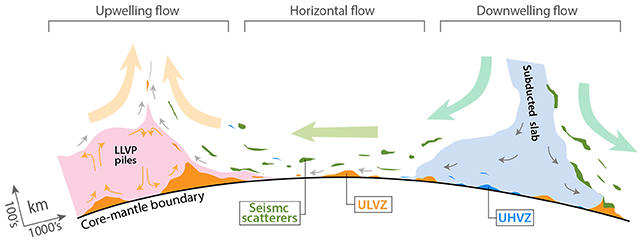Story by Liam Harrap • Yesterday 8:00 a.m.
When the Cardinal River Mine closed in 2020, it was the end of more than a century of coal mining near Cadomin, Alta.

Coal extraction in the Cadomin area began more than 100 years ago.
Coal was one of the main economic drivers in the area, helping fuel the steel-making industry.
The community thrived for decades. By the 1930s, almost 2,000 people lived in Cadomin. By 2021, the population had dwindled to 54, according to Statistics Canada.
But instead of becoming a ghost town, the community is building a new business base: tourism.
"It's definitely going to become, without a doubt, a resort centre," said Curtis Way, president of the Cadomin Community Society.
The society is behind the push for a new $4-million community hall, which was recently approved by the Yellowhead County.
About three years ago, the mining company Teck Resources donated $400,000 toward the project. The province provided $950,000 and Yellowhead County has committed $2.25 million. Local property and business owners have also donated toward the new hall.
"We're still short a couple hundred thousand but we're very close to getting across the goal line," said Way.
Cadomin is roughly 50 kilometres south of Hinton, after the paved road becomes gravel.
The hamlet has been making do with the old Legion as its community hall. The building is more than 80 years old and at the end of its life, said Way.
The new hall would be a focal point for the community, he said, providing a space for music concerts, pig roasts and pot lucks.
Although the community has 54 year-round residents, the population explodes to more than 200 during a long weekend, according to Way.
"We're a hopping kind of place."
Related video: Controversial Alberta coal mine could soon get a green energy makeover (Global News)
Duration 2:05 View on Watch
The aim is for shovels to be in the ground by June, he said. The hall could be built by December, just in time for a Christmas party.
Cadomin is a popular area for ATVing, hiking and hunting, particularly big horn sheep.
"We're really seeing a lot of the older properties being knocked down and people are building new houses," said Way.
"We're kind of the best kept secret in Alberta right now when it comes to mountain living."
So far, the hamlet's rising popularity has been limited to summer visitation.
When local resident Leah Vallee arrived in Cadomin in the 1970s, there were about 20 kids. Now, there's none.
The new community hall would not only be a good location for weddings and celebrations, she said, but could help attract more year-round families.
As the owner of the hamlet's only motel for more than 30 years, she said her phone is ringing more than ever before from prospective visitors.
"I get so many calls from people wanting to come here," said Vallee.
"It will be the next Canmore."
Similar to Cadomin, Canmore also has an industrial history as its last coal mine closed in 1979.
Vallee, along with her husband, bought the Cadomin's only store last year, which sells items like chips and pop. The couple plan to open a cafe this month.
The community hall could also attract different kinds of businesses, said Way, including an ultra marathon event.
Edmonton's Monty McNeice, who also organizes the Klondike Ultra Marathon in Fort Assiniboine, has been visiting Cadomin for more than 20 years and running many of its trails.
His kids particularly like to play with basketballs from the unlocked sports shed.
"It's that kind of small town."
His race idea is inspired by history. In the 1930s, coal miners used to race up to the summit of a nearby mountain. The winner got $75, which was equivalent to nearly 15 days of wages.
"There's a few other old mining communities where ultramarathons were introduced and the community thrived, it definitely strengthens the community," said McNeice.
He's aiming for the new race to launch in 2024, noting that the new community hall could serve as the race's meeting point.
 The Weather Network
The Weather Network


























